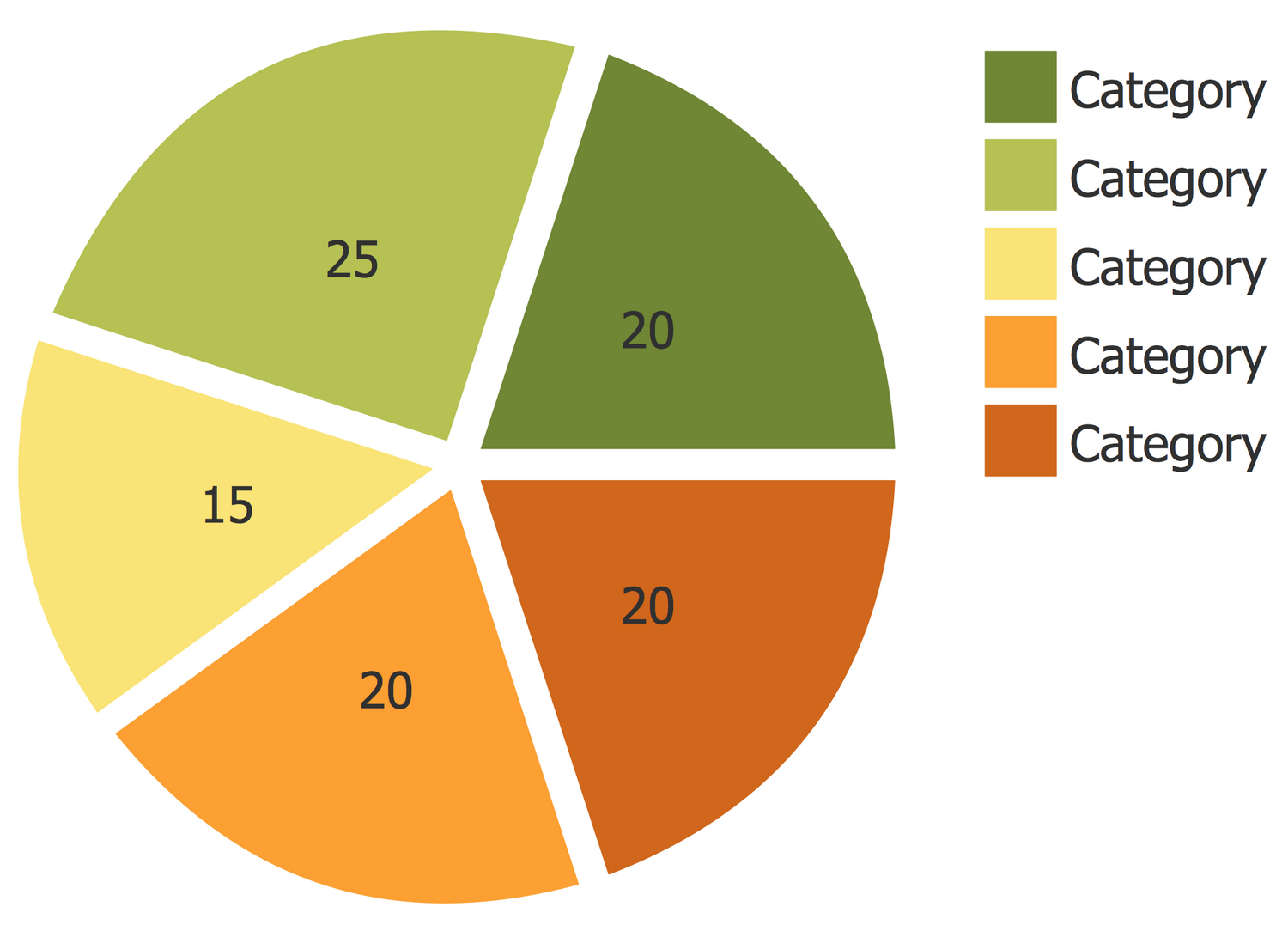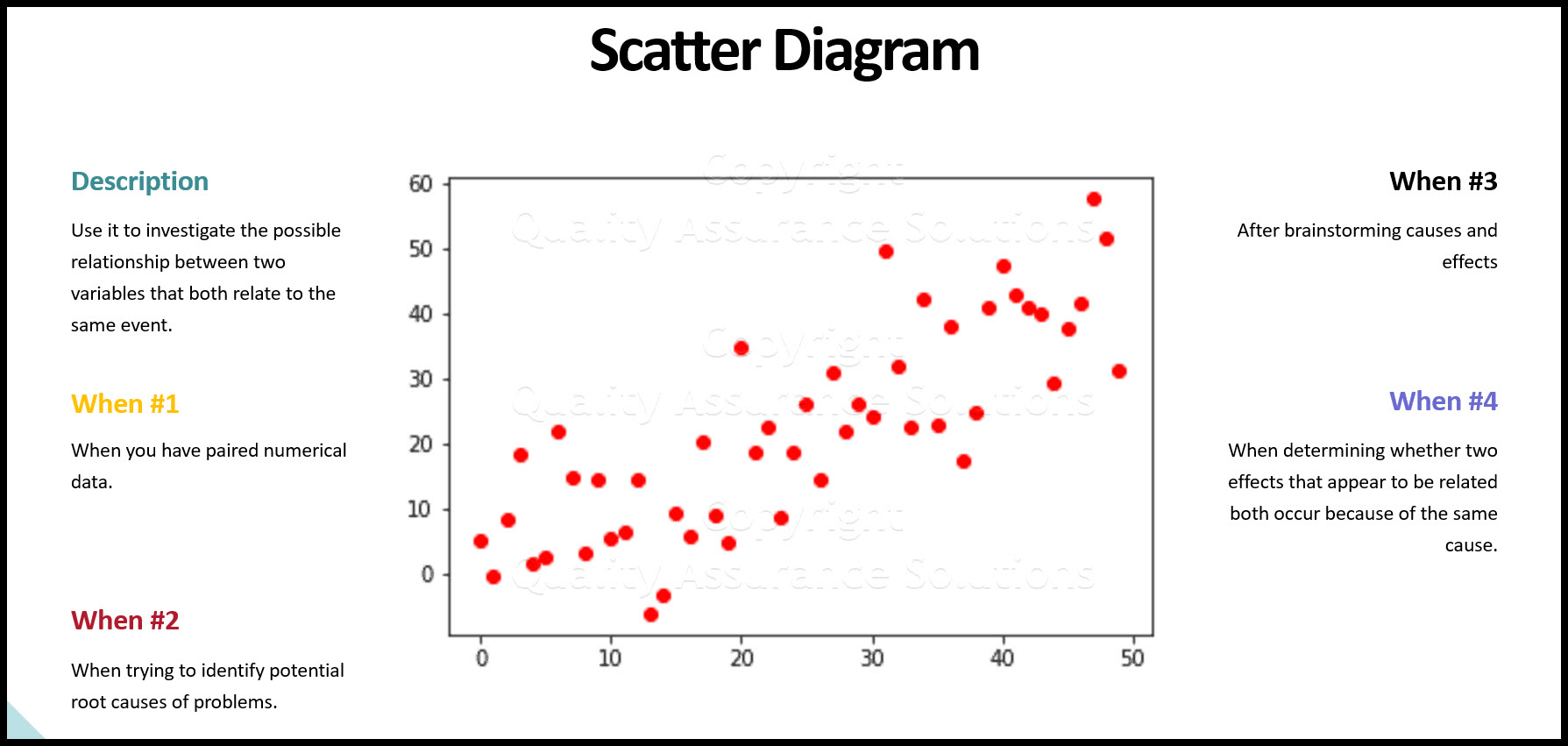Difference between histogram and bar graph with comparison chart
Table of Contents
Table of Contents
Have you ever wondered about the Difference Between Histogram And Bar Chart? These two visual representations of data often get confused with each other, but they are actually quite different. In this blog post, we will delve into the nuances between these two and discuss why it’s important to understand their differences.
Pain Points Related to Difference Between Histogram And Bar Chart
Not understanding the differences between Histogram And Bar Chart can lead to incorrect interpretation of data. This could mean making decisions based on inaccurate information, leading to negative consequences for businesses or individuals. Moreover, the misuse of Histogram And Bar Chart is widespread not only in professionals, but also students and researchers.
Answering the Target of Difference Between Histogram And Bar Chart
Before diving into the specifics of Histogram And Bar Chart, it’s important to understand that both these chart types are used to represent data visually. The key difference is in the type of data they represent. Bar Charts are best suited for nominal and ordinal data, while Histograms are used for interval and ratio data.
Summary of Main Points Related to Difference Between Histogram And Bar Chart
In summary, understanding the differences between Histogram And Bar Chart is essential to correctly interpreting data. The key difference is in the type of data that they represent. Bar Charts are best for nominal and ordinal data, while Histograms are used for interval and ratio data.
Difference Between Histogram And Bar Chart: Target and Personal Experience
When I was studying statistics in college, we were tasked with analyzing a dataset of customer feedback for a company. The dataset contained both nominal/ordinal data and interval/ratio data. Initially, I was confused about which chart type to use to represent the data, but my professor explained the difference between Histograms and Bar Charts. I realized that we needed to use a combination of both charts to represent the varied types of data in the dataset effectively. This experience showed me the importance of understanding the differences between Histogram And Bar Chart.
 Difference Between Histogram And Bar Chart: Importance of Choosing the Right Chart Type
Difference Between Histogram And Bar Chart: Importance of Choosing the Right Chart Type
When representing nominal or ordinal data, Bar Charts are the way to go. The data categories are displayed on the x-axis, and the frequency or count of each category is represented by a bar height on the y-axis. Bar Charts are best for showing comparisons between categories.
On the other hand, Histograms are best suited for visualizing continuous data. The data is divided into intervals, or “bins,” and the count or frequency of data points in each bin is represented by a bar height. Histograms are often used in scientific research to study distributions of continuous data.
 ### Difference Between Histogram And Bar Chart: Additional Considerations
### Difference Between Histogram And Bar Chart: Additional Considerations
Aside from the differences in the type of data that they represent, there are some other important considerations when choosing between Histogram And Bar Chart. These include:
- Accuracy and precision of data
- Visual appeal and aesthetics of chart
- Amount of data and space required to represent it
- Level of detail required
It’s important to weigh these factors carefully when deciding on the appropriate chart type for your data.
Difference Between Histogram And Bar Chart: Conclusion
In conclusion, understanding the differences between Histogram And Bar Chart is crucial for accurately representing and interpreting data. Bar Charts are best for nominal and ordinal data, while Histograms are used for interval and ratio data. Other factors to consider include the accuracy and precision of data, visual appeal, amount of data, and level of detail required. By understanding these differences and choosing the appropriate chart type, you can accurately represent and effectively communicate your data.
Question and Answer Section:
Q: Can you use a Bar Chart to represent continuous data?
A: No, Bar Charts are best suited for nominal and ordinal data. If you try to use a Bar Chart to represent continuous data, the x-axis would need to display a range of values, making the chart difficult to read and interpret.
Q: What is the main difference between a Histogram and a Bar Chart?
A: The key difference is in the type of data they represent. Bar Charts are best suited for nominal and ordinal data, while Histograms are used for interval and ratio data.
Q: When would you use a Bar Chart instead of a Histogram?
A: Bar Charts are best suited for comparing nominal and ordinal data, such as different product categories or customer feedback ratings.
Q: Can you use a Histogram to represent nominal data?
A: No, Histograms are best suited for interval and ratio data, as they group data into intervals or “bins.” Nominal data doesn’t have clear intervals, so a Bar Chart is a better option in this case.
Gallery
What Is The Difference Between A Bar Graph And A Histogram [Solved]
![What Is the Difference Between a Bar Graph and a Histogram [Solved] What Is the Difference Between a Bar Graph and a Histogram [Solved]](https://d138zd1ktt9iqe.cloudfront.net/media/seo_landing_files/screenshot-2021-03-01-at-9-17-06-am-1614570481.png)
Photo Credit by: bing.com / histogram bar between graph difference differences chart basic thus seen
Histograms VS. Bar Charts
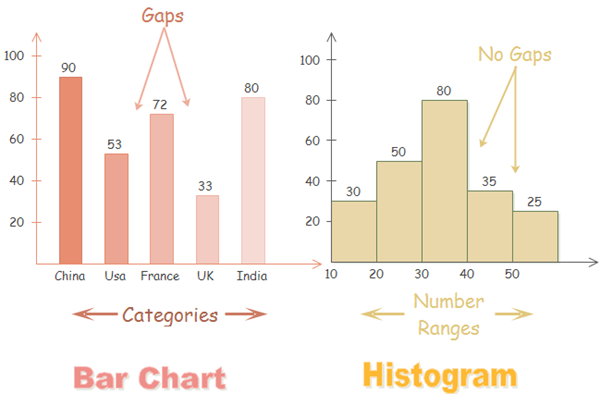
Photo Credit by: bing.com / bar between histogram difference graph charts chart vs histograms use comparison why main bars
What Is The Difference Between A Histogram And A Bar Graph? - Teachoo

Photo Credit by: bing.com / histogram graph bar difference between teachoo last slide16
Difference Between Histogram And Bar Graph (with Comparison Chart
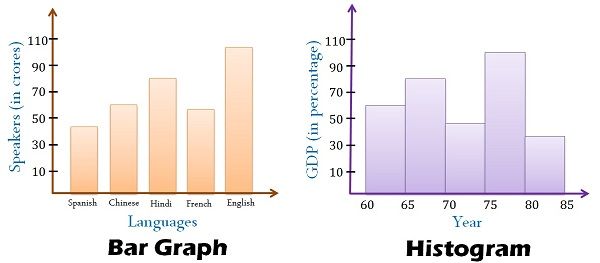
Photo Credit by: bing.com / histogram graph bar difference between vs graphs histograms two math chart differences bars comparison statistics each grade
8 Key Differences Between Bar Graph And Histogram Chart | Syncfusion
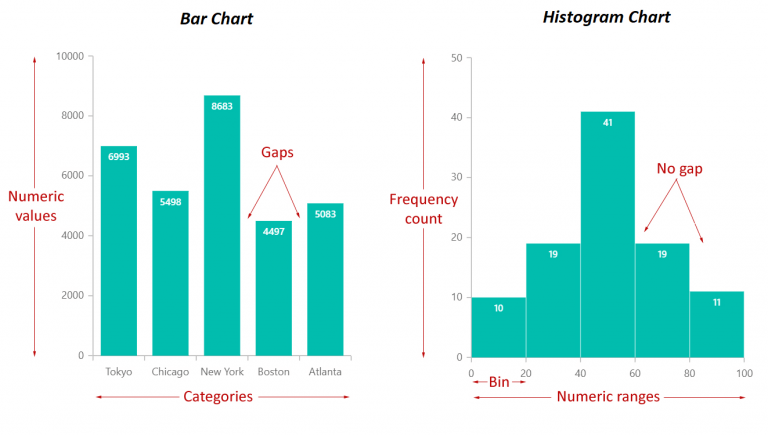
Photo Credit by: bing.com / histogram syncfusion axis



